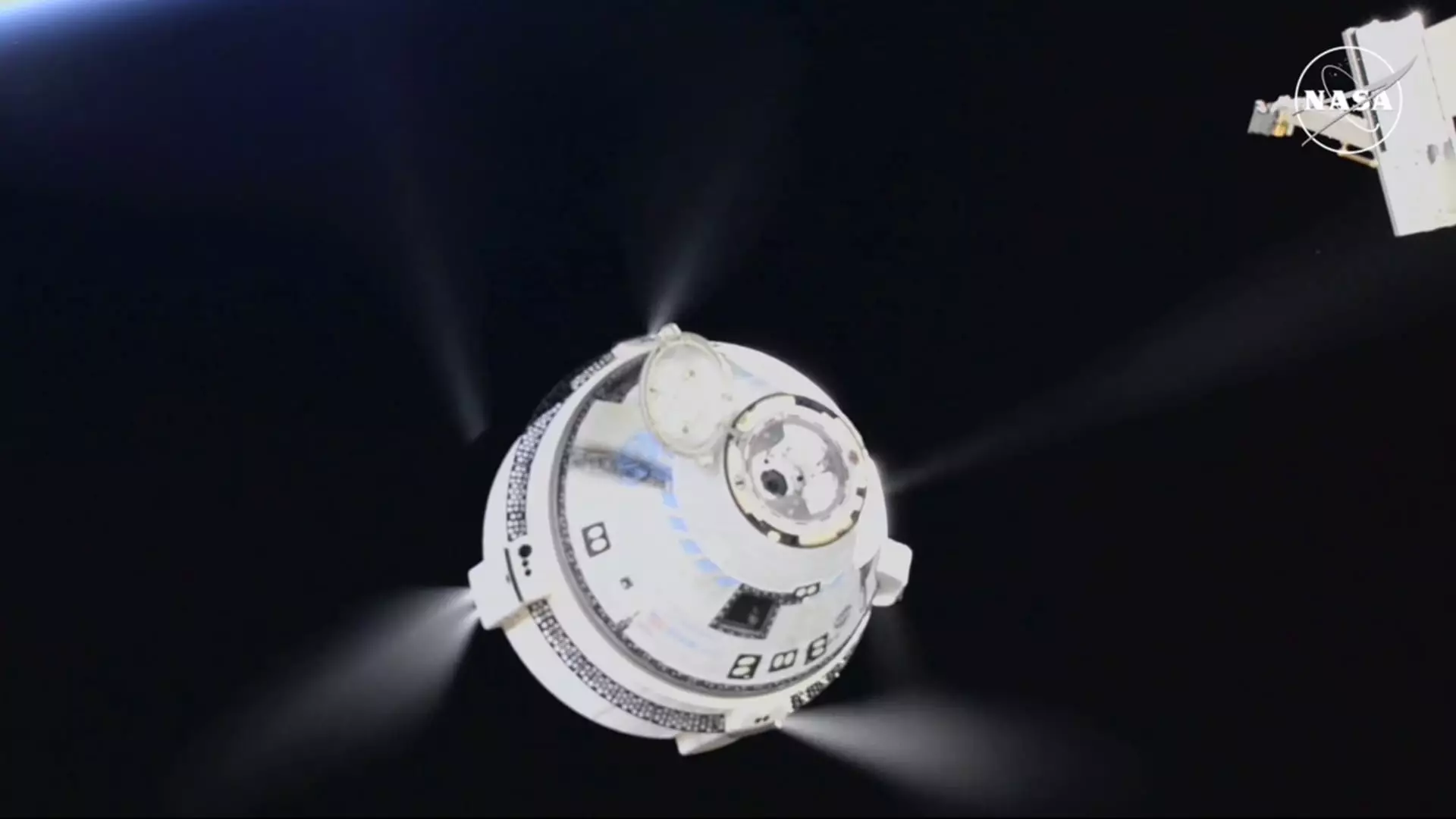Boeing’s Starliner spacecraft finally undocked from the International Space Station after a lengthy delay that saw the two astronauts it originally carried remain in orbit for an extended period. Instead of returning to Earth as planned, NASA test pilots Butch Wilmore and Suni Williams will now remain aboard the ISS until February, when they will come back on SpaceX’s Dragon spacecraft. The undocking took place at 6:04 p.m. ET on Friday, and the capsule is expected to make a six-hour journey back to Earth, landing at White Sands Space Harbor in New Mexico. The sight of its descent may be visible from parts of western Mexico and the Southwestern United States.
The return of the Starliner capsule marked the end of a test flight that went on much longer than originally anticipated, encountering its fair share of complications along the way. Originally meant to spend around nine days in space, the spacecraft spent close to three months at the ISS due to issues with its thrusters. Despite Boeing’s assurances of the safety of the capsule for the astronauts’ return journey, NASA decided to bring Starliner back empty to further investigate the root causes of its problems. This decision came after multiple delays in the return schedule, as the agency sought more data on the spacecraft’s propulsion system.
The Starliner crew flight test was a crucial milestone for both Boeing and NASA in the Commercial Crew Program, intended to establish two reliable companies — Boeing and SpaceX — for missions to the ISS. However, the prolonged test flight and subsequent decision to return Starliner empty have set Boeing’s progress back significantly. With over $1.5 billion in losses already incurred, there are concerns about the company’s future involvement in the program. This setback not only impacts Boeing’s standing but also throws a wrench in NASA’s plans for regular crewed missions to the space station.
The extended stay of Boeing’s Starliner capsule at the ISS and its return without astronauts have raised questions about the spacecraft’s reliability and the future of Boeing’s participation in NASA’s Commercial Crew Program. The setbacks and delays encountered during this test flight highlight the challenges and risks associated with space travel, underscoring the need for thorough testing and evaluation before committing to crewed missions. NASA and its commercial partners will need to address these issues and work towards ensuring the safety and success of future endeavors in space exploration.

Leave a Reply